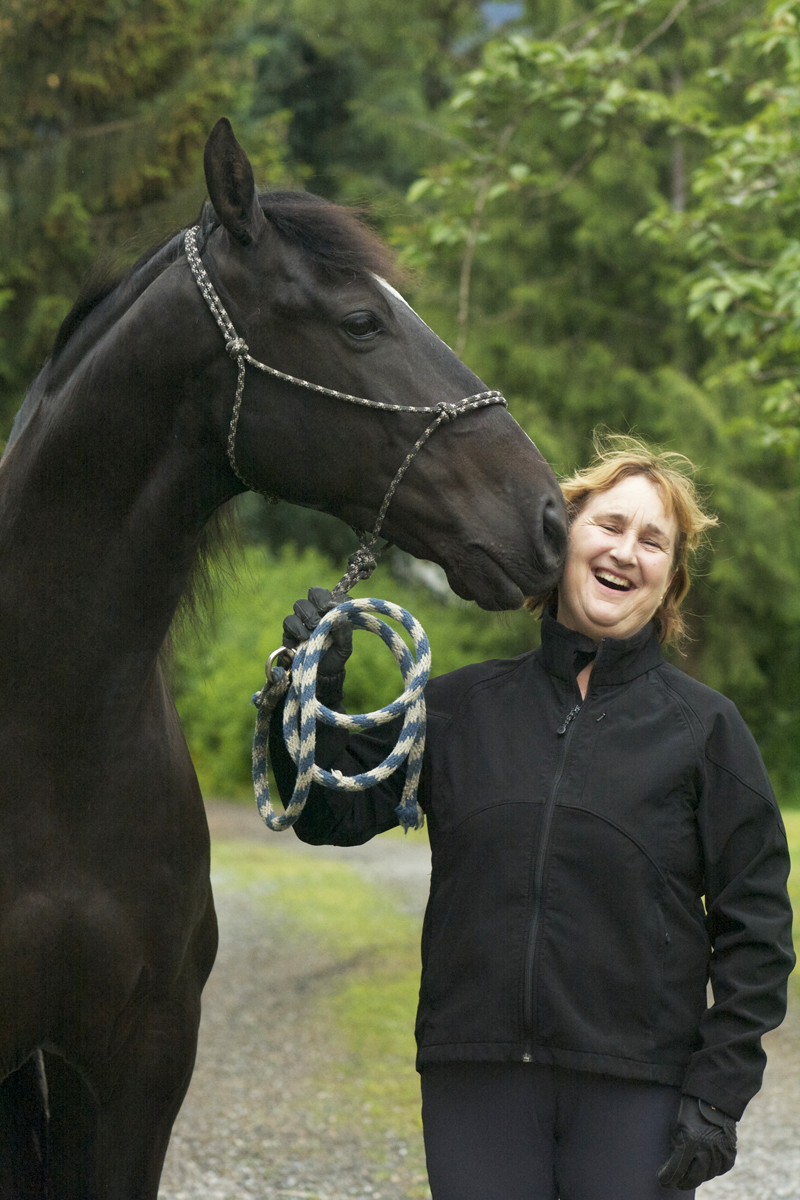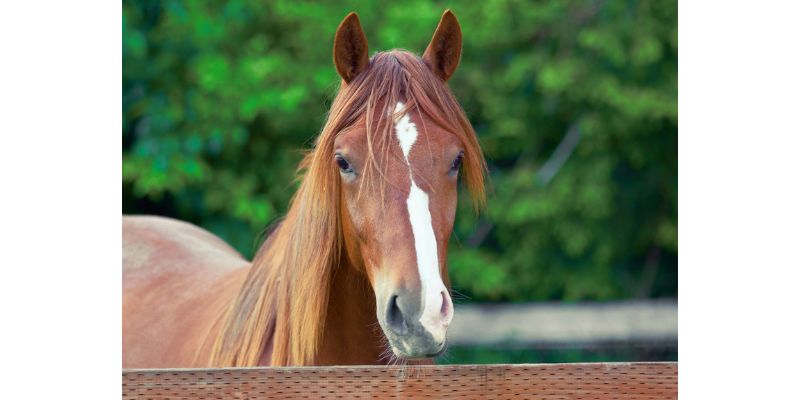Step One: Say Hello
“We are taught to watch or feel for external changes in the horses we work with but pay little attention to the internal changes. Even when we do look for internal changes in the horse, we often are paying little attention to what is going on inside us.“
Mark Rashid from his book, For the Love of the Horse
Unity Definition: The quality or state of not being multiple; “oneness”
I’ve spent a good deal of my life with horses working hard to achieve things. As a professional, we’re judged as competent by awards won and accomplishments made. It’s that simple, really. The pressure is on to mark off achievements with horses from a lifetime “to-do” list for one’s professional life. As a professional, if a horse doesn’t achieve something tangible, we feel as if we’ve failed as a trainer, and the horse world will for the most part agree with that.
But as the years have clicked by, I’ve become less interested in what my horses and I achieve. Going up the levels in dressage or working equitation is fine and fun, but not all horses are going to be able to get there. This doesn’t mean they don’t have value. In fact, the intangible achievements have come to mean the most to me. Things like developing a stronger relationship, more trust, and a deeper connection with my horse are not always seen by others, but you know when you have it. You feel it inside of you, and if feels wonderful.
There’s a quiet revolution happening in the world of horse training. Perhaps you’ve noticed it. Horse people are focusing more on the journey and the relationship between their horses and themselves. We want and seek unity with our horses, but don’t really know how to get there. YouTube video subscriptions from horse “whisperers” all over the world advertising a deeper connection are selling like hotcakes.
This is a topic that entire books are written about and still, unity between horse and human isn’t easily defined. It’s a subject far beyond the scope of this short article, but here’s one exercise in unity I’ve used to help me find a closer relationship (and more unity) with my horses. It’s a starting point, and takes time and patience, but it’s incredibly important.
Eyes and Ears
I have always appreciated a horse that looks you right in the eye with its ears pricked. When a horse does this, they are acknowledging that they see you and they are saying “hello”. For many years, I thought of this trait in a horse as an indication that this was a “good” horse, and a horse whose attention was always elsewhere was a “difficult” horse or one of less quality. What I didn’t realize, until I started working with a particular detached and troubled horse, that being disconnected is as much about us as it is about them.
Young horses almost always give you their eyes and ears without any help from humans. It comes out of their natural curiosity and friendliness. But this response is easily trained out of them because the humans in their life are rushing about trying to accomplish something and not taking the time to return the “hello”. Or even worse, humans are thoughtless and careless in how they handle the horses in their care and don’t pay attention to what the horses are saying, or in some cases, screaming. Eventually, many horses just give up and disconnect.
It takes time but teaching a horse to look you in the eyes and connect with you is one of the most rewarding things you can do with them. Approach the horse in their environment slowly, calmly, and from a distance. Don’t touch them. When they look away, back up a bit, stop, breathe, be still. Eventually, the horse might take a quick look at you. Return that look, smile, and praise. This is just the beginning. It might be fleeting, but over time eye contact becomes easier to maintain for longer and longer amounts of time. Your horse will notice this connection and seek it out. The first steps toward connection and unity have begun.
See this article in the March/April 2023 online edition:
March/April 2023

Kim Roe grew up riding on the family ranch and competed in Western rail classes, trail horse, reining, working cow, and hunter/jumper. She trained her first horse for money at 12 years old, starting a pony for a neighbor.
Kim has been a professional dressage instructor in Washington state for over 30 years, training hundreds of horses and students through the levels. In recent years Kim has become involved in Working Equitation and is a small ‘r’ Working Equitation judge with WE United.
Kim is the editor of the Northwest Horse Source Magazine, and also a writer, photographer, and poet. She owns and manages Blue Gate Farm in Deming, Washington where she continues to be passionate about helping horses and riders in many disciplines.

